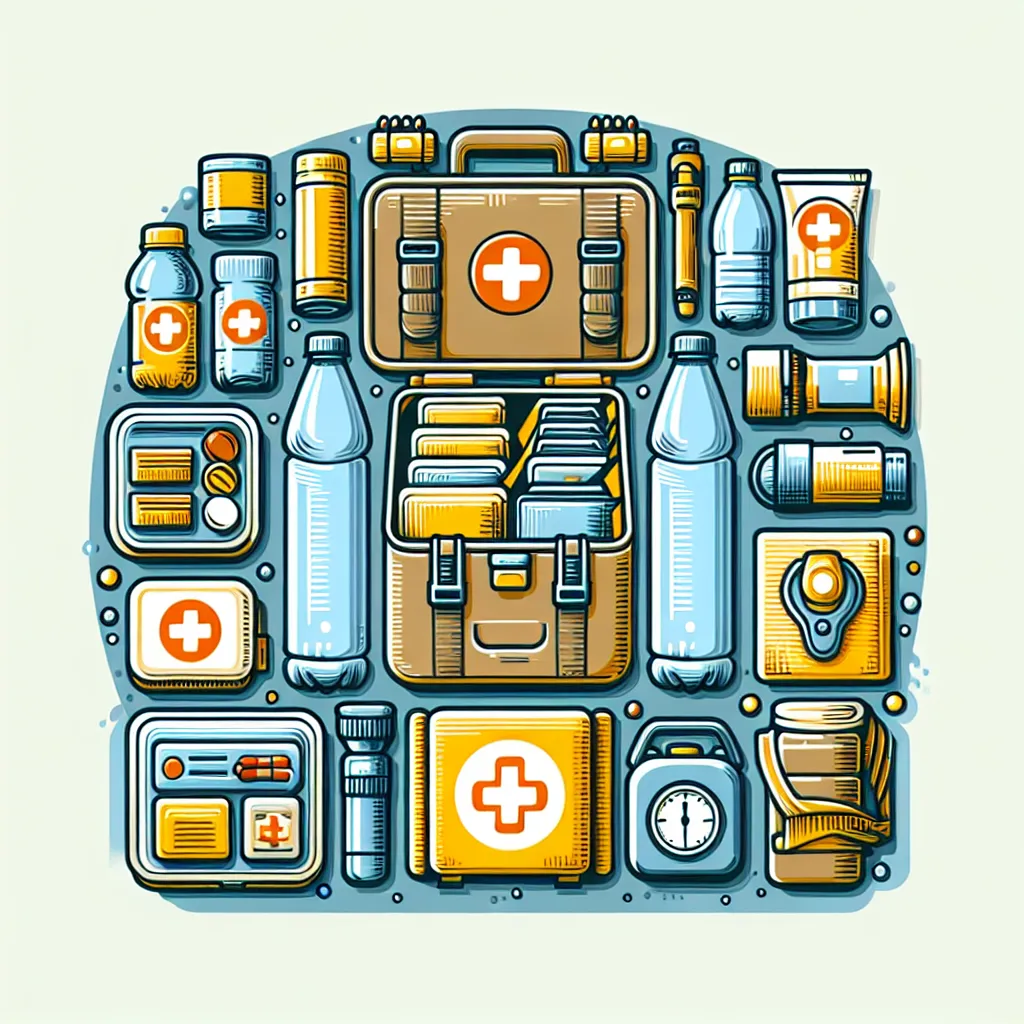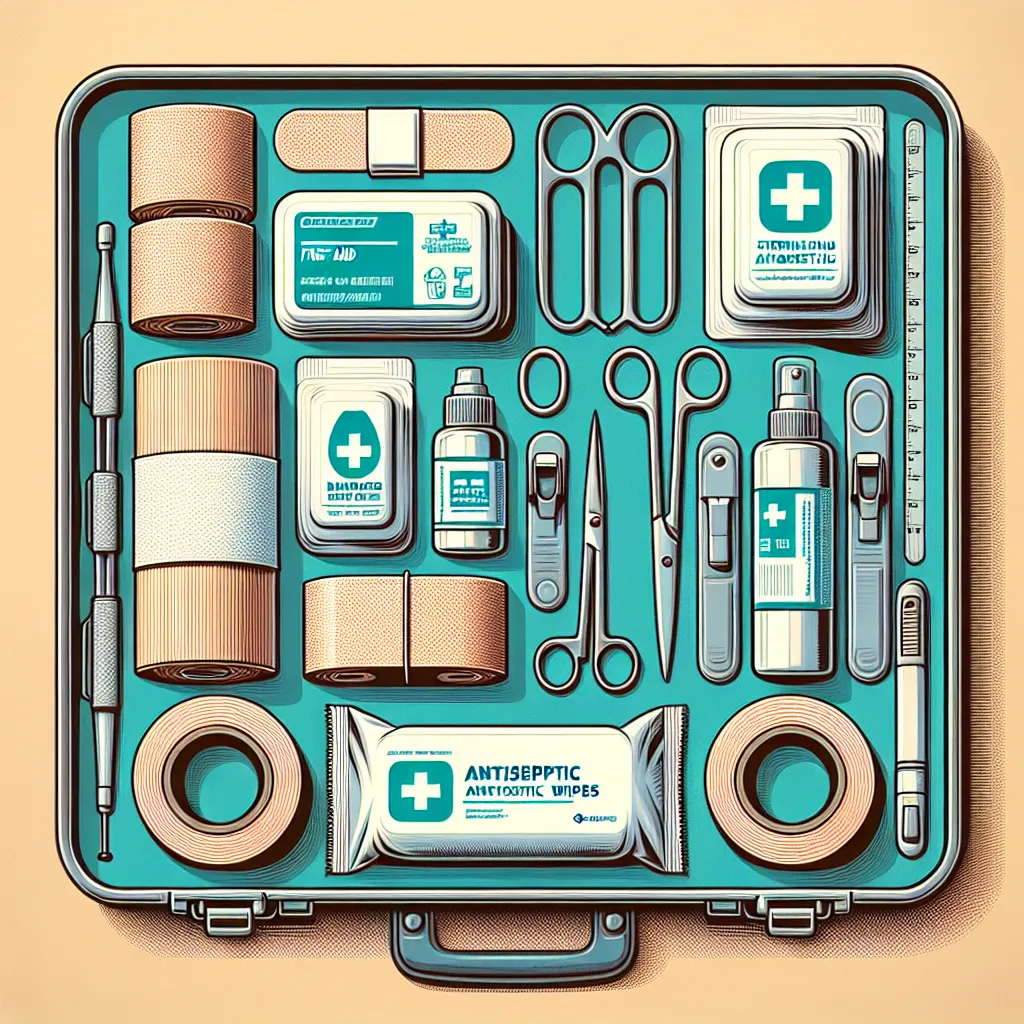The article “Key Considerations for Selecting Safety Gear in Industrial Environments” emphasizes the importance of thorough consideration when choosing safety gear for industrial settings. It highlights the need to assess specific workplace hazards, prioritize comfort and fit for workers, ensure durability and quality of the gear, and guarantee compliance with safety standards. By addressing these key factors, employers can effectively mitigate workplace risks and provide workers with the appropriate safety gear. Additionally, the article “Understanding the Importance of Personal Protective Equipment in the Workplace” underscores the critical role of personal protective equipment (PPE) in safeguarding employees from various occupational hazards. It stresses the responsibility of employers to identify potential workplace hazards requiring PPE and provide adequate training on its use and maintenance. Understanding the significance of wearing PPE consistently and correctly is crucial for maximizing its protective benefits. Overall, the articles provide insightful guidance for employers and workers on the selection and use of safety gear in industrial environments, ultimately promoting a safer work environment.
Essential First Aid Techniques Everyone Should Know
The article provides comprehensive guidance on basic CPR steps, emphasizing the importance of quick and effective action in emergency situations. It highlights the critical steps of assessing the scene, performing chest compressions, and giving rescue breaths, stressing the significance of proper training and regular practice in emergency preparedness. Furthermore, the article delves into essential techniques for treating common injuries and wounds, stressing the significance of thorough wound cleaning and providing practical advice for different types of wounds. Finally, it underscores the importance of recognizing and responding to medical emergencies, underlining the need for being informed and prepared to provide timely care, whether for minor injuries or life-threatening conditions. The detailed insights and practical tips in the article make it a valuable read for anyone seeking to enhance their first aid knowledge and skills.
The Importance of Accessible Shelter for Vulnerable Populations
The impact of accessible shelter on vulnerable communities is profound and essential for the well-being of individuals experiencing homelessness, people with disabilities, and survivors of domestic violence. Accessible shelter provides a safe and stable environment, offering temporary respite for those experiencing homelessness, ensuring safety and independence for people with disabilities, and providing a refuge for survivors of domestic violence. Without accessible shelter, individuals in these communities face increased risk of exploitation, health issues, and prolonged cycles of poverty, exacerbating their vulnerability and isolation. Ensuring equitable access to shelter is a moral imperative that fosters security and stability, and requires addressing systemic issues and collaborative efforts from government agencies, non-profit organizations, and community groups to create and maintain inclusive housing solutions. The article details the critical role of accessible shelter and advocates for prioritizing and investing in resources to ensure the well-being and dignity of all members of society.
The Importance of Water Storage for Emergency Preparedness
The significance of water as a lifesaving resource in emergencies cannot be overstated, as it is essential for human survival, especially in times of crisis. Whether facing natural disasters or human-made emergencies, access to clean and safe water is paramount for sustaining life, and having a reliable water storage system in place is crucial. Adequate water storage not only ensures access to this lifesaving resource when regular water supplies are compromised but also plays a vital role in preventing the spread of waterborne diseases and ultimately saving lives. Recognizing water as a critical resource, prioritizing its storage, and understanding the principles of strategic water storage are essential components of emergency readiness, as they enhance response efforts and contribute to the safety and well-being of individuals and communities. By emphasizing the importance of water storage and its role in maintaining hydration, sanitation, and overall survival, this article underscores the significance of incorporating water storage into comprehensive emergency preparedness plans.
The Importance of First Aid Training in Emergency Situations
Understanding the vital role of first aid training in emergency response is essential for individuals and communities. This training equips people with the knowledge and skills required to provide immediate assistance in various emergency situations, potentially impacting outcomes significantly. In critical moments, trained individuals can make a life or death difference, also easing the burden on professional emergency responders in larger-scale emergencies. Additionally, first aid training fosters a culture of preparedness and empowerment within a community, enhancing overall safety and resilience. Recognizing the immediate impact of first aid skills in saving lives is crucial, as the actions taken in the first few minutes following an emergency can be the difference between life and death. Therefore, investing in first aid training is vital for creating safer and more prepared communities.
The Importance of Emergency Essentials in Disaster Preparedness
The article, “Understanding the Role of Emergency Essentials in Disaster Preparedness,” emphasizes the crucial role emergency essentials play in ensuring the safety and well-being of individuals and communities during crises. It underscores the significance of addressing basic human needs, including access to clean water, food, shelter, and medical care, in disaster situations. The article also highlights the importance of tools and equipment necessary for communication, lighting, and safety, such as flashlights, batteries, radios, and first aid kits. Furthermore, it emphasizes the necessity of advance planning and preparedness, including the development of emergency plans and the establishment of evacuation routes. Overall, the article compellingly argues that understanding the role of emergency essentials is fundamental in enhancing the capacity to mitigate, respond to, and recover from disasters effectively, making it a must-read for anyone interested in disaster preparedness.
Innovative Packaging Solutions for E-Commerce Businesses
The e-commerce industry is undergoing a packaging revolution, with a focus on sustainability, technology integration, and efficient design. Businesses are prioritizing eco-friendly options, such as biodegradable packing materials, to reduce their environmental impact and meet stringent regulations. Furthermore, technological advancements like digital printing and augmented reality are enabling personalized and interactive unboxing experiences, adding value beyond the product’s functionality. Additionally, the emphasis on protective yet minimalist design is driving the development of advanced cushioning materials and streamlined packaging. In the pursuit of sustainable e-commerce packaging, the use of recyclable and biodegradable materials, “right-sizing” packaging, and collaboration with packaging suppliers are also gaining momentum, thereby maximizing resource efficiency and reducing environmental impact. Overall, these cutting-edge innovations not only meet evolving consumer needs and differentiate businesses in a competitive market but also contribute to a more sustainable future.
Innovative Shelter Solutions for Emergency Situations
The article emphasizes the importance of innovative shelter solutions, particularly modular housing and cutting-edge designs, in providing efficient and adaptable aid in emergency situations and natural disasters. It highlights the versatility and scalability of modular housing, which allows for swift deployment and customization to suit specific needs, providing temporary shelter and promoting a sense of security and stability. Furthermore, the article stresses the resilient and sustainable features of cutting-edge shelter designs, incorporating advanced materials, modular construction techniques, and sustainable elements to minimize environmental impact and improve long-term functionality. The technological advancements in digital modeling, simulation tools, and drone usage also play a crucial role in the development and deployment of these innovative shelter solutions. Overall, the article encourages readers to explore the full content to gain insights into how modular housing and cutting-edge shelter designs offer adaptable, efficient, and sustainable solutions for disaster relief and emergency scenarios.
Building the Ultimate Wilderness Survival Kit
In the article “Essential Tools for Wilderness Survival,” the author emphasizes the importance of having the right gear for facing the challenges of the great outdoors. Highlighting the necessity of a multi-tool featuring a knife, pliers, and other components, the article stresses its versatility and critical role in survival situations. Furthermore, the inclusion of a reliable knife, fire starter, water filtration system, paracord, and a signaling device are discussed as essential tools for thriving in the wild. In the companion piece “Choosing the Right Gear for Survival in the Wild,” the article focuses on the significance of selecting appropriate equipment, such as a reliable knife, means to start a fire, suitable shelter, and navigation tools, for ensuring survival in the wilderness. It underlines the crucial role of high-quality, versatile gear in providing protection, sustenance, and the means to navigate back to safety. Overall, the articles provide comprehensive insights into the crucial tools and gear needed for thriving and surviving in the wild, making them essential reads for outdoor enthusiasts and survivalists alike.
Essential Items for Your Aid Kit: What You Need to Know
The article “Top 10 Essential Items for Every First Aid Kit” highlights the crucial components that should be included in a well-stocked first aid kit, such as adhesive bandages, antiseptic wipes, gauze pads, and more, emphasizing their importance in dealing with minor injuries and emergencies. Additionally, the piece emphasizes the significance of regularly checking and replenishing the kit’s supplies to ensure preparedness at all times. Another article, “Must-Have Medical Supplies: A Complete Guide,” provides a comprehensive overview of essential medical supplies for handling emergencies and basic care, including adhesive bandages, gauze pads, antiseptic ointment, medications, and personal items, stressing the importance of staying updated and prepared. Furthermore, “Building the Ultimate First Aid Kit: Essential Items and Tips” underscored the importance of including items that can address a wide range of medical needs in a first aid kit and offers insights into creating a comprehensive kit. By reading these articles, you will gain valuable knowledge on assembling and maintaining a top-notch first aid kit to address various health concerns and emergencies effectively.









